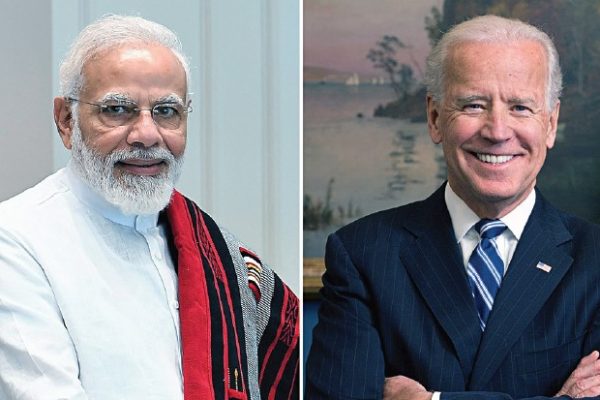
All Eyes On Accra As AfCFTA Gets Ready To Roll
Ghana has fulfilled all its obligations towards the establishment and the setting up of the AfCFTA Secretariat in Accra, following its selection by the AU Assembly. A flagship project of the African Union’s Agenda 2063, the AfCFTAcreates a market of 1.2 billion people with a combined GDP of USD 3 trillion. GHANA PRESIDENT Nana AddoDankwaAkufo-Addo…










